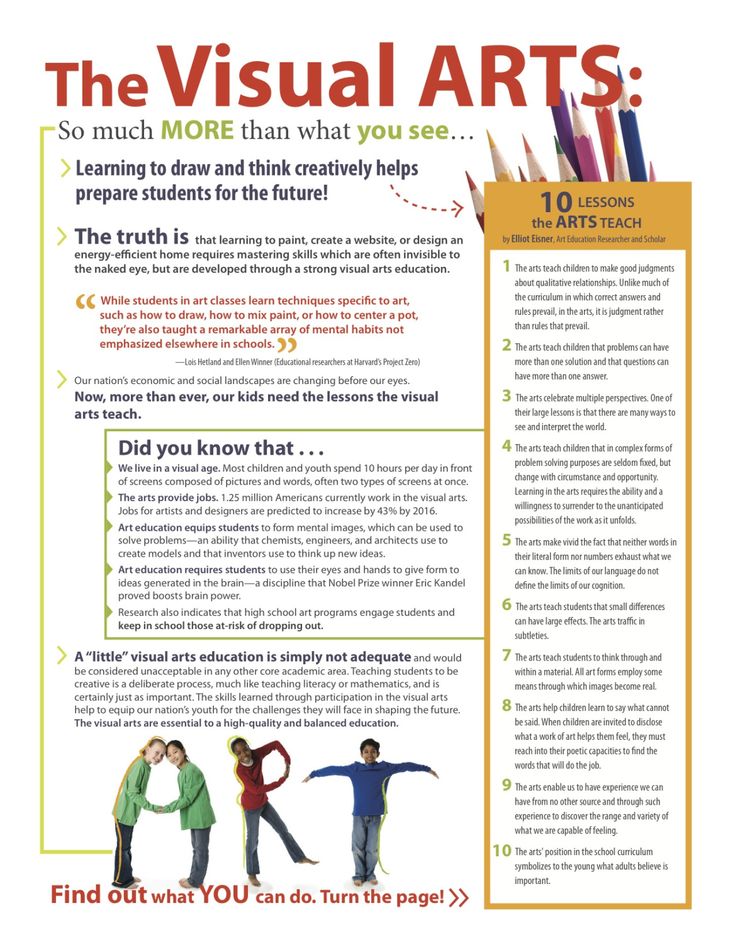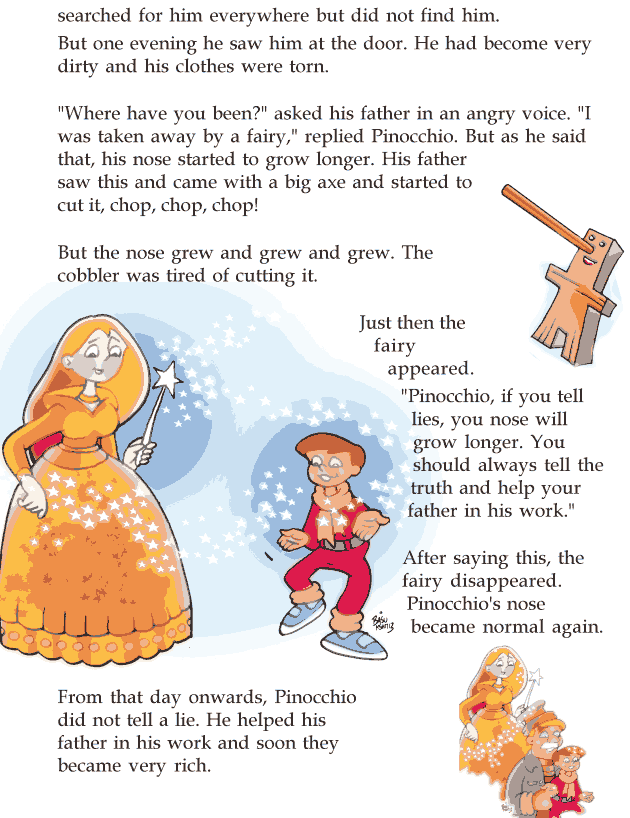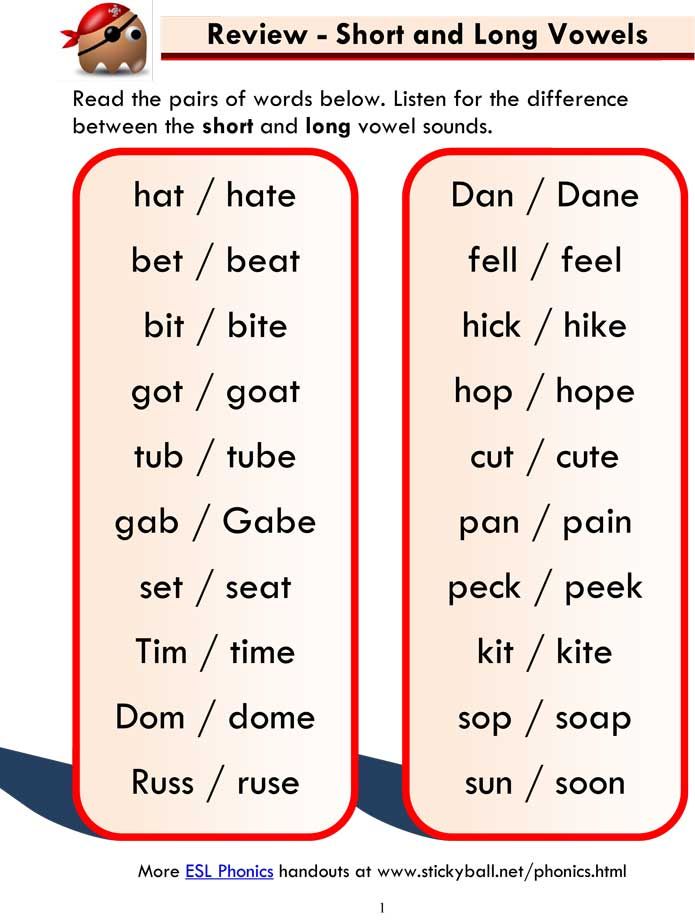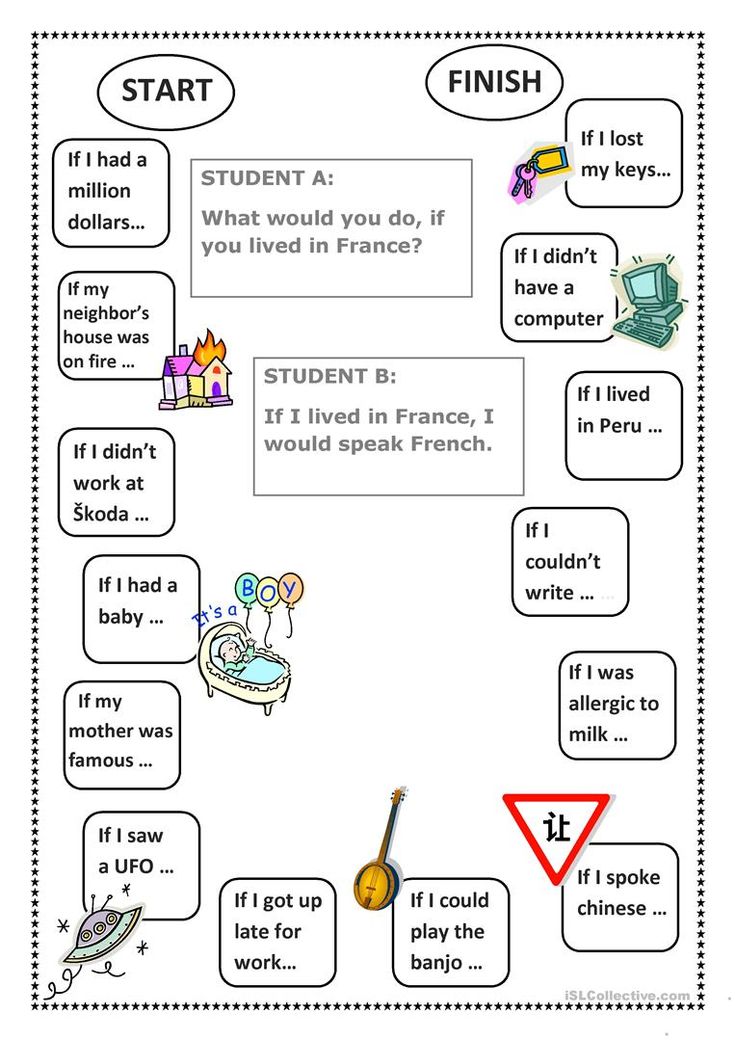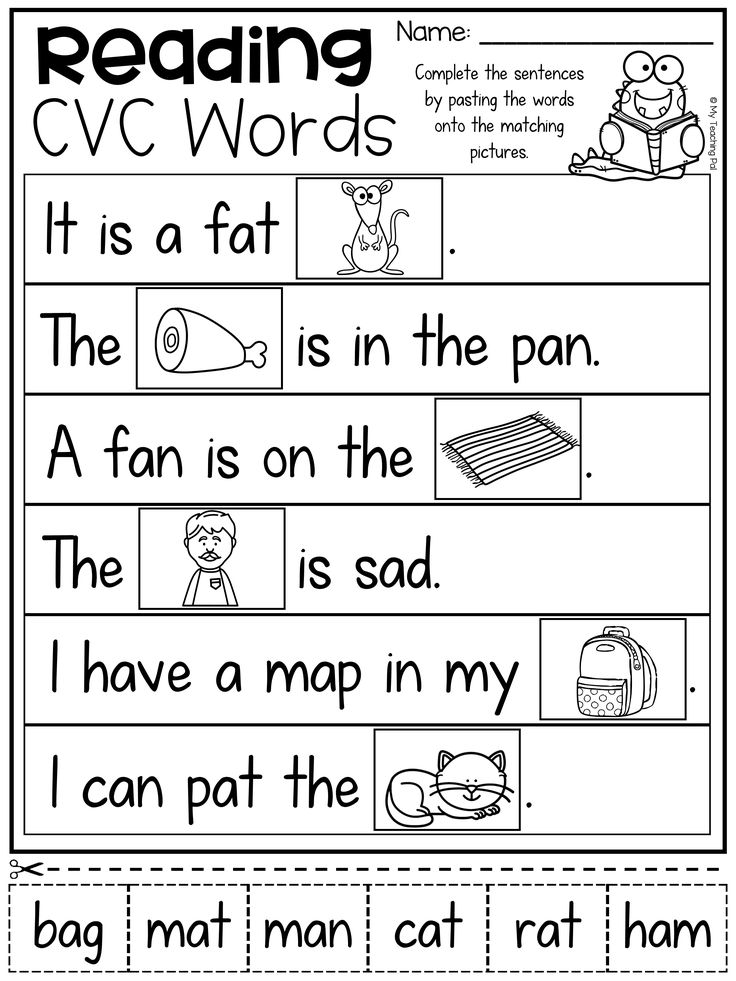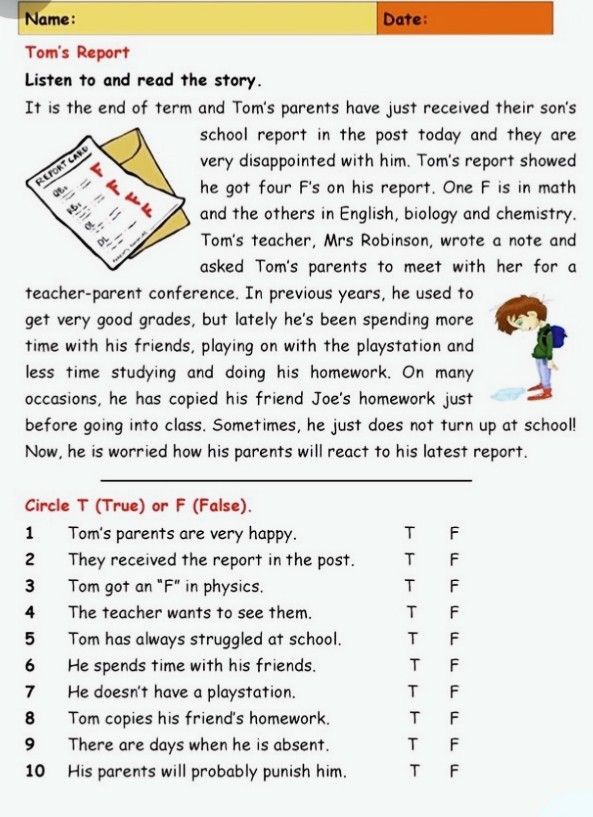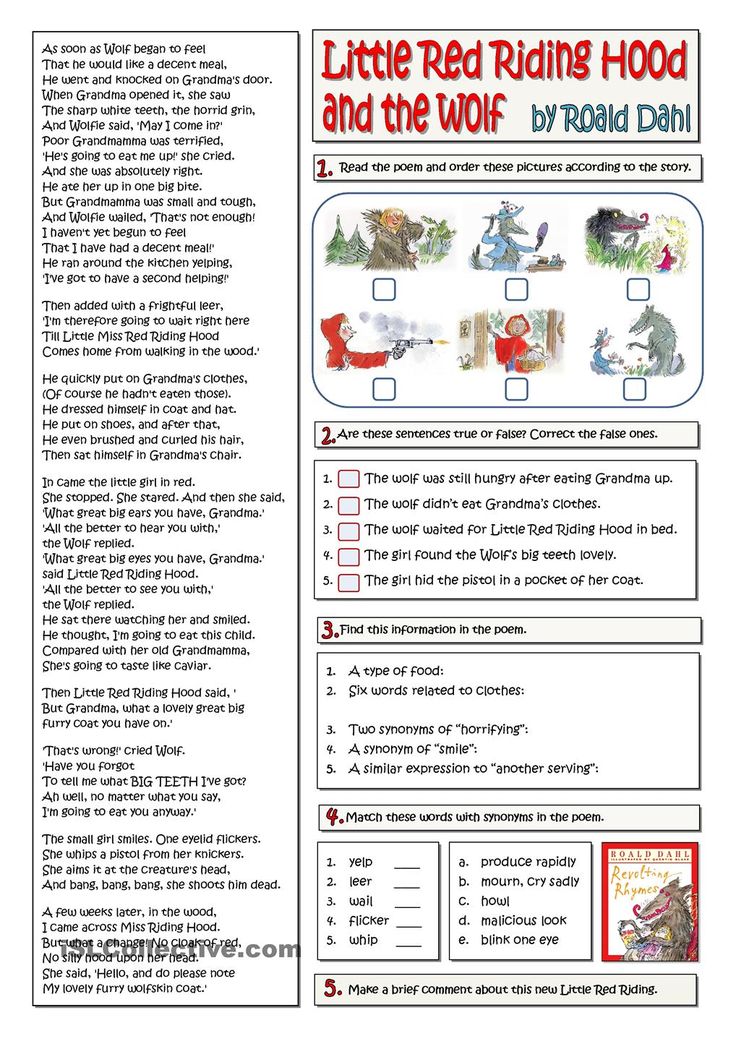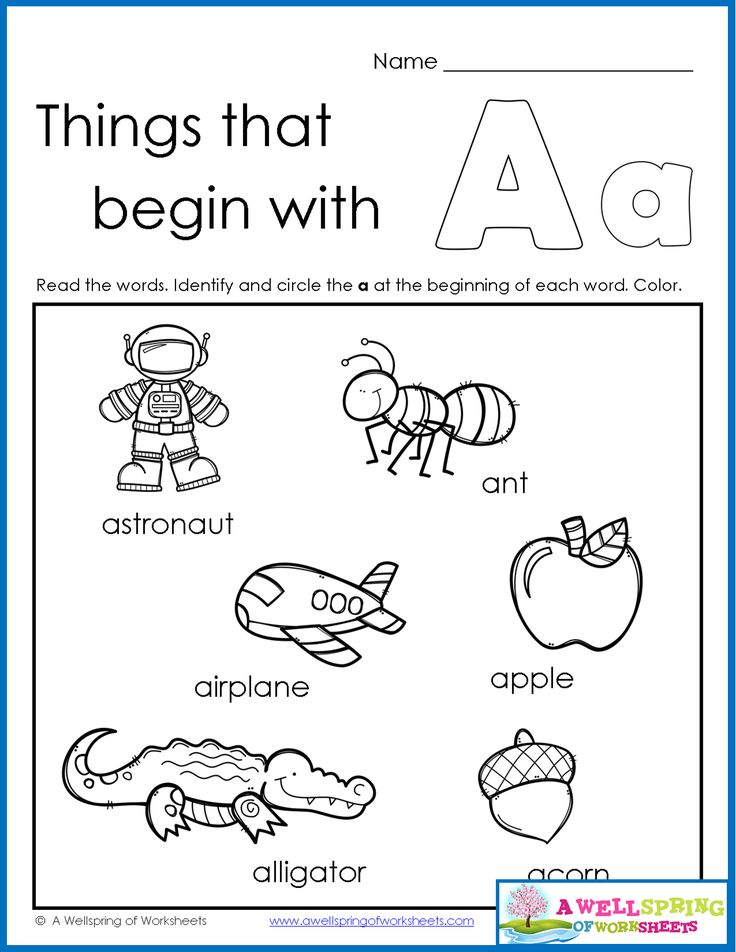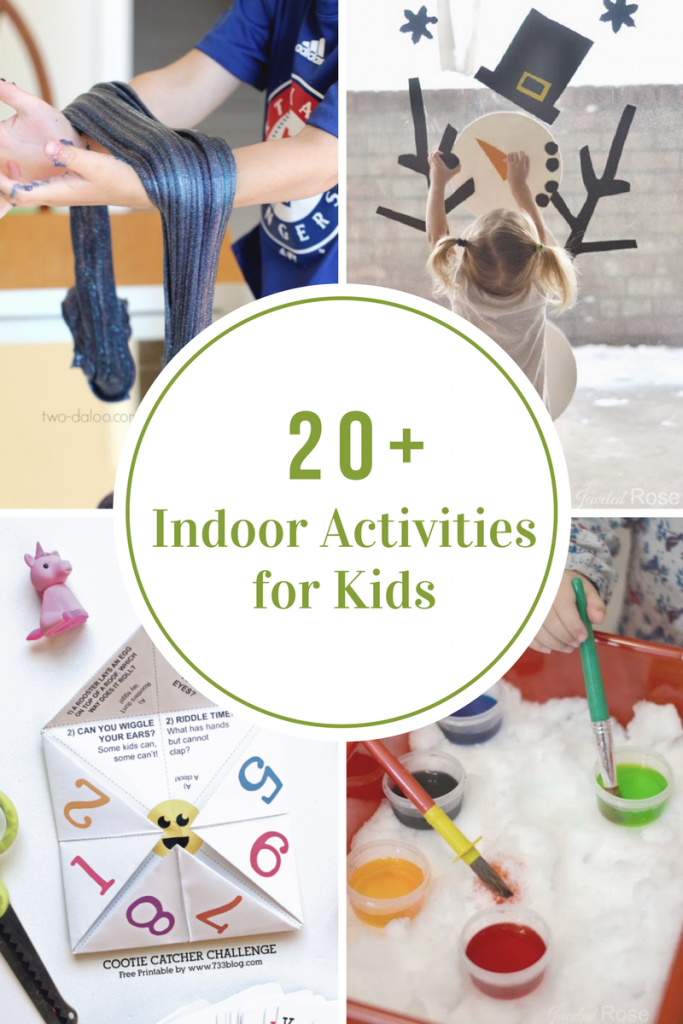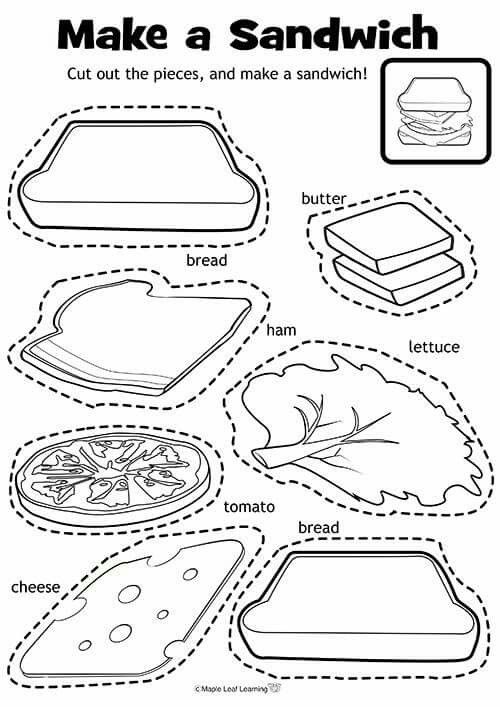When do children learn shapes
When and How to Teach Your Toddler about Colors and Shapes
Teaching your toddler about shapes and colors is an important step in their early development, because it helps them to define and organize much of the world they see around them. Whether your child is looking at a rectangular building, a circular plate, a green tree or a blue sky, being able to recognize shapes and colors is a vital component of their cognitive development, and it will establish a strong foundation for subsequent educational concepts such as math and logic. Although no one doubts the importance of teaching colors and shapes, many parents have questions regarding when and how to introduce these concepts. Below are some tips and ideas regarding which time frames and methods are most useful for teaching your toddler about colors and shapes.
Teaching Colors: When and How
It is important to remember that each child is different, so there’s really no one specific developmental timeline that will work for all children. Generally speaking, 18 months is a great time to begin teaching your child about colors, but it’s not uncommon for children between 2 to 3 years old to be in the beginning stages of learning these concepts. Regardless of when you start, it is important for you to review colors with your child on a regular basis, even up to kindergarten age. Here are some simple activities you can try to help reinforce concepts of color:
* Name that color: Colors are everywhere, so this game is very easy to play. Simply point to an object, name what color the object is, and then ask your child to find something else that has that same color. For example, you might say, “I see a red truck over there. Can you find something else that’s red?” Or, if you’re walking through a crowded parking lot, ask your child, “Which car on this row is blue?”
* Any experiments with food coloring are always a smash hit. You can take some recyclable water bottles, fill them with water and then ask your child to add a few drops of a particular food coloring to the bottle.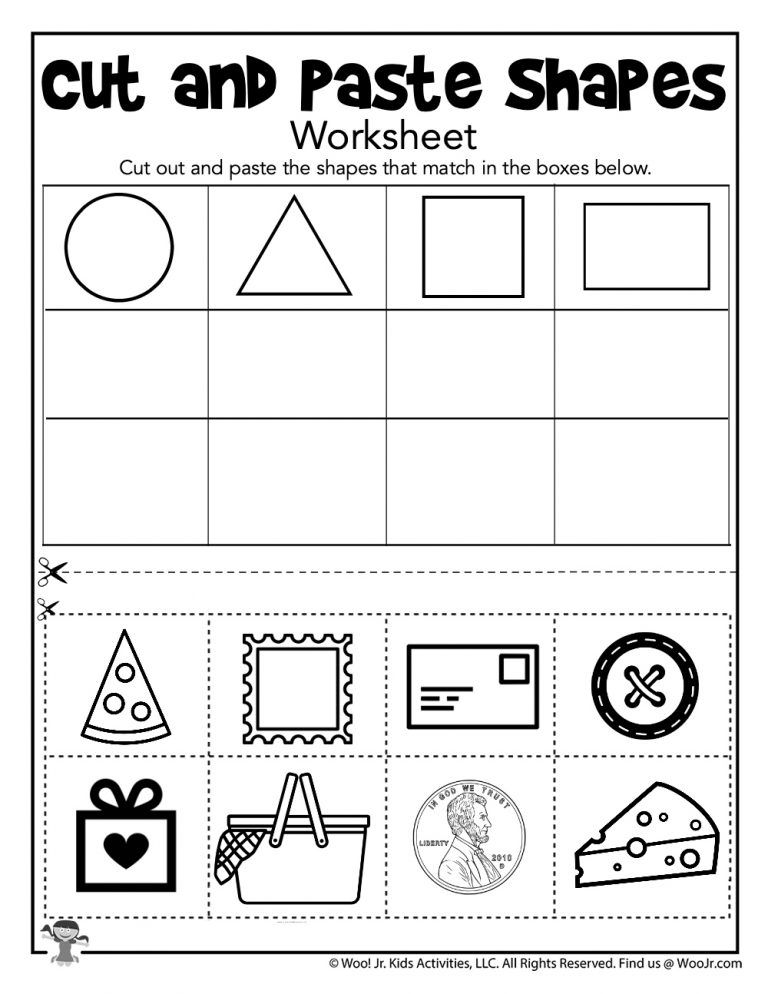 Experiment with color mixing as well – e.g., allow your child to make green water by combining drops of yellow and blue food coloring in a bottle.
Experiment with color mixing as well – e.g., allow your child to make green water by combining drops of yellow and blue food coloring in a bottle.
* Kirstylee Moody, author of the popular early childhood educational blog Moms Have Questions Too, has put together an excellent (and exhaustive!) resource for teaching colors to your child at this link.
Teaching Shapes: When and How
The most prevalent age for teaching kids shapes is around 2 years old. By the time your child is 2 1/2 or 3 years old, they should be able to identify the majority of basic shapes (e.g., circle, square, triangle, and rectangle). From there, you can move on to more advanced shapes (e.g., diamond, heart, star, oval, etc.). Here are some simple yet highly effective activities you can use to help your child learn shapes:
* Shape sorting games: You can transform simple household items into learning tools by allowing your child to sort them into various groups based on their shape.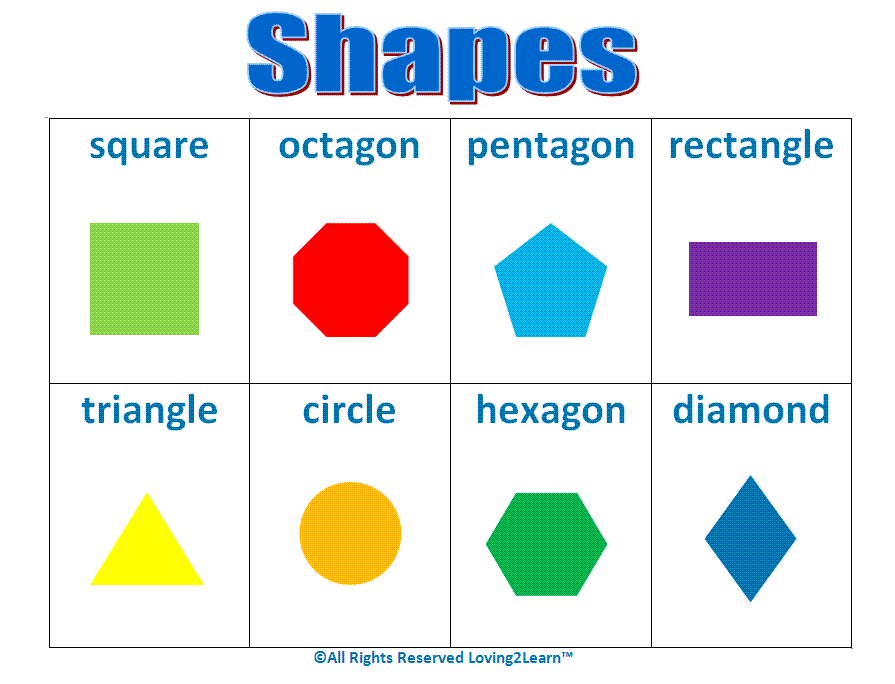 Start out with a pile of objects on the floor, and then encourage your child to sort them into separate piles based on shape (e.g., round, rectangular, square, etc.).
Start out with a pile of objects on the floor, and then encourage your child to sort them into separate piles based on shape (e.g., round, rectangular, square, etc.).
* Help your child draw shapes using finger paint, or by drawing in sand. Guide his/her hand as they draw the shape, making sure to emphasize the name of the shape over and over again as he/she completes the drawing. You can also draw the same shape in different sizes, so that you can help your child differentiate between a “big” circle and “small” circle, for example.
* Go for a shape walk around your neighborhood, or at a local park. Bring a small cardboard cutout of each shape, so that your child can compare it to what they see around them. They might notice that the triangular rooftops of some of the houses match their triangle cutout, or that the manhole cover on the street matches their circle cutout. Whenever your child finds a new shape, make a tally mark on the respective cardboard cutout to keep track of his/her discoveries.
Your child will interact with shapes and colors all throughout their life. Keep the above ideas and tips in mind to help them get a good head start on these fundamental concepts!
When do kids learn shapes?
by Tony
Disclosure: This post may contain affiliate links, meaning I get a commission if you decide to purchase through my links, at no cost to you. As an Amazon Associate, I earn from qualifying purchases. Read the full disclosure here.
When do kids learn shapes? Every first-time parent of a child worries about their child’s development, but every child develops at a slightly different pace. Yes, there are a few key markers that children are known to hit at a certain time frame, but it is no worry if they do not hit the mark right on time. A child learning the different shapes is a prime example of this.
When should a child know their shapes?The age of 2 is a great time to start working with a child to learn shapes, but it is important to start with the basic shapes.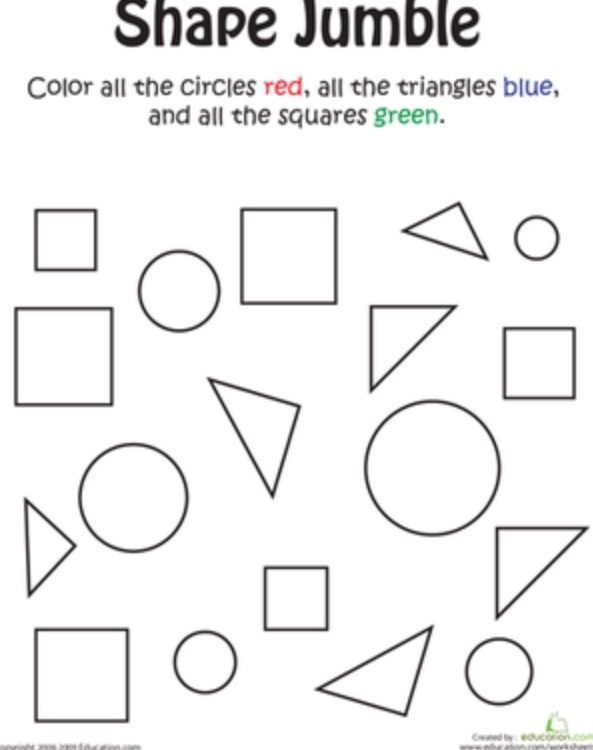 The basics include square, rectangle, circle, and triangle, and it is common for children to understand and recognize these by the age of 2 1/2. They can be reinforced by pointing out objects that are shaped the same.
The basics include square, rectangle, circle, and triangle, and it is common for children to understand and recognize these by the age of 2 1/2. They can be reinforced by pointing out objects that are shaped the same.
Once they have an understanding of the basics, it is time to move onto some of the harder shapes, and these include oval, heart, star, and diamond. They should have a good understanding off all of them by the age of 3 but do not feel discouraged if they are still struggling a little. This one can be a little harder to find objects shaped the same way, but it is not impossible.
Summary of when do kids learn shapes:
- Start teaching shapes at 2 years old
- Understand and recognize basic shapes at 2-1/2 years old
- At age 3 they will be able to identify a range of shapes
As previously stated, a 3-year-old should have a good understanding and be able to recognize the most basics: square, rectangle, circle, and triangle, but they should also have an understanding of ovals, hearts, stars, and diamonds.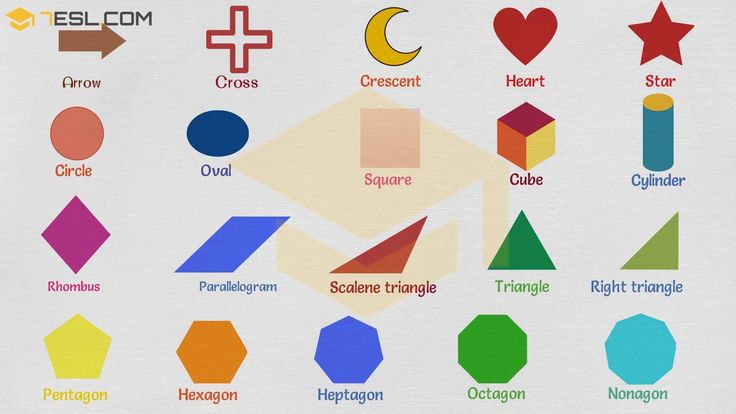 Some others that should be taught to a child by the age of three are pentagon, hexagon, and octagon.
Some others that should be taught to a child by the age of three are pentagon, hexagon, and octagon.
There are many wonderful things that can help children learn shapes. One of these things includes the classic toy where children put three-dimensional shapes into their appropriate holes. Many people get this toy for their child because it helps to build their motor skills by having them move them around and slide them into the right shaped holes.
The parent can also use this toy though to be slowly working on teaching them by pointing out what shape they have in their hand and asking them to find that shape’s hole. Below are two toys that are often recommended because they are very helpful in learning shapes, but they can also help with learning colors.
Educational Insights Shapes BeanbagsSale
Educational Insights Shapes Beanbags, Learn Shapes, Toddler Learning Toy, Preschool Classroom Must Haves, Set of 8 Beanbags, Ages 3+
- SPARK MORE CONFIDENCE! Preschoolers play their way to shape identification, building self-confidence and key early learning skills
- TOTALLY TACTILE LEARNING ACTIVITY! Make skill building way more fun with this hands-on, toss and catch, early learning activity
Last update on 2023-01-05 / Affiliate links / Images from Amazon Product Advertising API
This toy is safe for children starting at the age of 36 months. This product has 8 differently shaped beanbags that have their name printed on them. The shapes that these beanbags are made into are circle, triangle, square, rectangle, pentagon, oval, star, and hexagon.
This product has 8 differently shaped beanbags that have their name printed on them. The shapes that these beanbags are made into are circle, triangle, square, rectangle, pentagon, oval, star, and hexagon.
Each of the bags is a different color, so they can be used to help with learning the colors as well. These colors are the basic shades of each color: red, purple, green, pink, yellow, blue, orange, and brown. They come with a draw-string bag to store the beanbags away when no in use, and it makes them easy to take to go visit grandma and grandpa.
With them being beanbags, the child’s motor skills can be developed more because the parents could have the child toss them the correct shape. The great thing about these beanbags that the parent love is that it is completely washable as it is made out of felt, which also makes the lightweight and safe for the child to handle.
Each beanbag is around 4 to 5 inches, which makes it perfect to fit into a small child’s hands.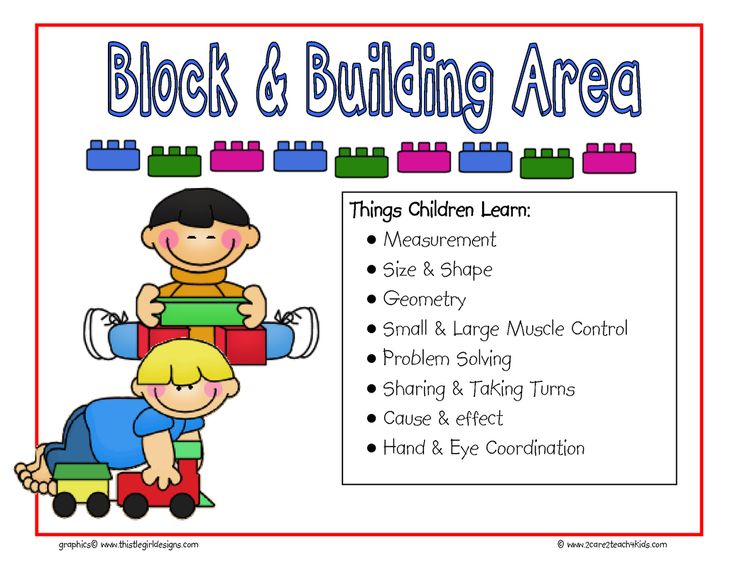 They come with a handy sheet called the tip sheet that gives the parents unique and fun activities that they can do with the shapes to make the learning process fun.
They come with a handy sheet called the tip sheet that gives the parents unique and fun activities that they can do with the shapes to make the learning process fun.
Sale
Learning Resources Plastic Pattern Blocks - Set of 250, Ages 3+ Shape Games for Preschoolers, Homeschool Supplies, Preschool Learning Games, Shape Manipulatives for Kids
- 250-PIECE SET: Features 6 different shapes and colors, and is great for classroom activities
- RECOGNIZE PATTERNS: Get young students learning geometry and pattern design. These are great pattern blocks the classrooms
Last update on 2023-01-05 / Affiliate links / Images from Amazon Product Advertising API
This toy is great when used on a flat and solid surface, such as a table. They are very small, so children who still tend to stick things in their mouth should not have access to them without strict supervision.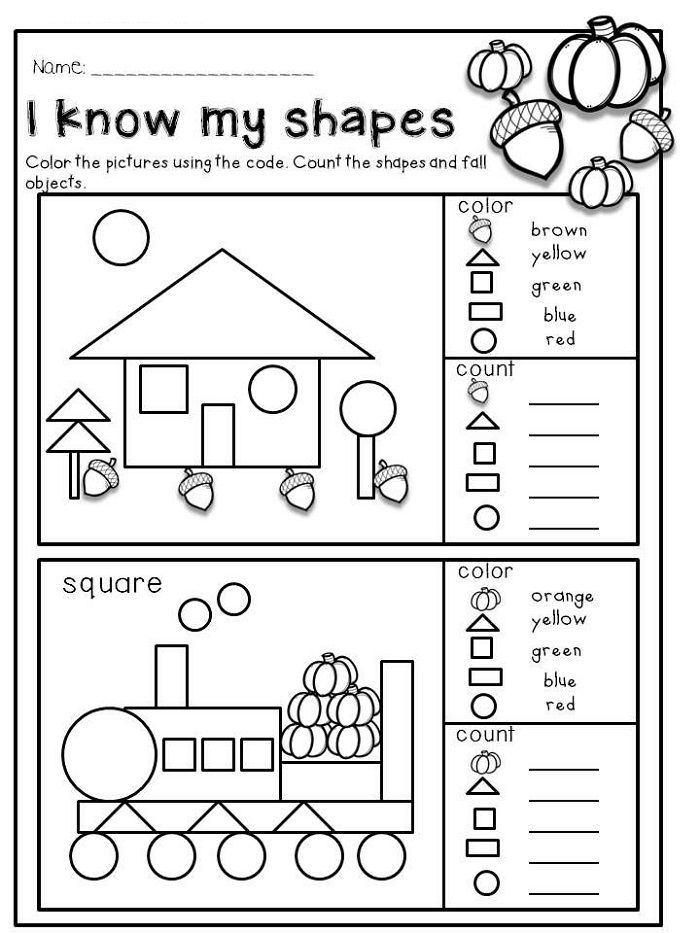 There are 250 pieces in total, and they come in a small plastic tub, which means they can be put away easily.
There are 250 pieces in total, and they come in a small plastic tub, which means they can be put away easily.
There are 6 different shapes that can be found in the tub with each of the shapes being a different color. The shapes that are included are hexagon, square, trapezoid, triangle, rhombus, and parallelogram, and the colors include red, green, yellow, blue, brown, and orange.
One thing that makes these more unique than other shapes learning toys is that the children can slide them together to form other shapes or make a large pattern. The straight sides of these toys can be used to help teach a child how to measure with a ruler.
A thing parents should keep in mind is that the container is made out of thin plastic, and if it is dented too many times, it will become weaker. This means it might be wise to look into some type of container to hold them eventually. Due to their size, the recommended age is 4 years.
ConclusionIf you had the question, “when do kids learn shapes?” Now you have a better understanding.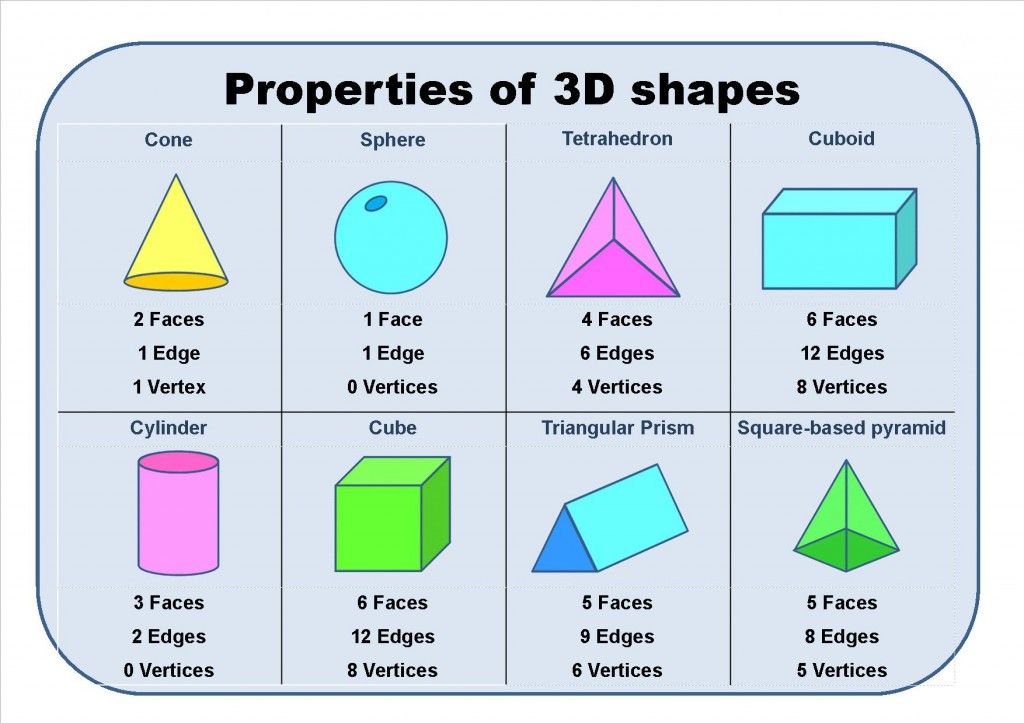 If you are just getting started it’s time to work with your little one on the basic shapes. You can also find out when children learn colors.
If you are just getting started it’s time to work with your little one on the basic shapes. You can also find out when children learn colors.
Learning Geometric Shapes: Games for Preschoolers
One of the important aspects of the development of mathematical concepts in preschoolers is the study of the basics of geometry. In the course of acquaintance with geometric shapes, the child acquires new knowledge about the properties of objects (shape) and develops logical thinking. In this article, we will talk about how to help a preschooler remember geometric shapes, how to properly organize games for teaching geometry, and what materials and aids can be used to develop a child’s mathematical abilities. nine0003
At what age can one start learning geometric shapes?
Many parents are wondering if young children need to get acquainted with geometric shapes. Experts believe that it is optimal to start classes in a playful, relaxed form from the age of 1.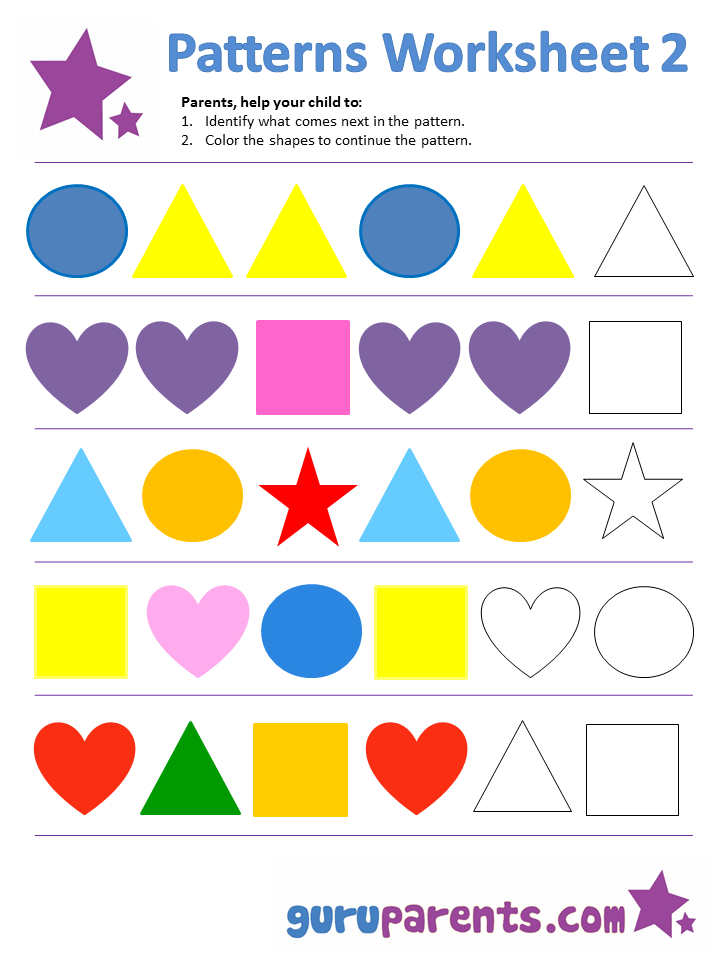 5. Until this age, it is appropriate to pronounce to the child the names of the shapes of objects that the baby meets in real life (for example, “round plate”, “square table”).
5. Until this age, it is appropriate to pronounce to the child the names of the shapes of objects that the baby meets in real life (for example, “round plate”, “square table”).
Introducing the child to geometric shapes, be guided by his reaction. If your baby started to show interest in them at an early age (by playing with the sorter or looking at pictures), encourage his curiosity. nine0003
At the age of 2, the baby should be able to distinguish between:
- Circle;
- Square;
- Triangle.
By the age of 3 you can add:
- Oval;
- Rhombus;
- Rectangle.
At an older age, a child can memorize such shapes as a trapezoid, a pentagon, a hexagon, a star, a semicircle. Also, children visiting the Constellation Montessori Center get acquainted with geometric bodies with interest. nine0003
How can I help my child remember geometric shapes?
Teaching a child geometric shapes should take place in stages.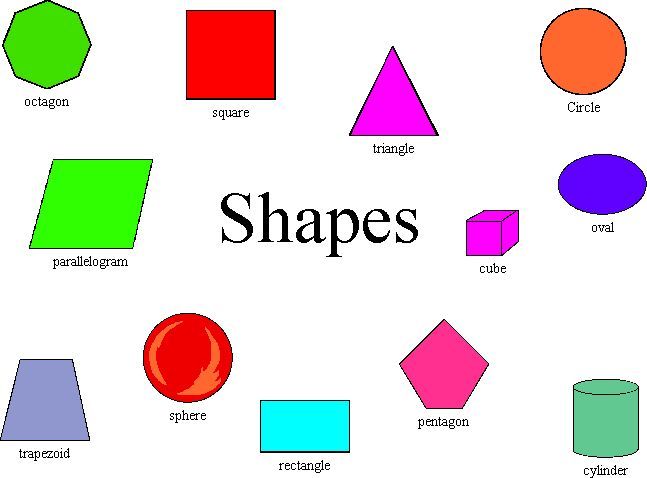 You need to start new figures only after the baby remembers the previous ones. The circle is the simplest shape. Show your child round objects, feel them, let the baby run his finger over them. You can also make an application from circles, mold a circle from plasticine. The more sensations associated with the concept being studied, the child receives, the better the baby will remember it. nine0003
You need to start new figures only after the baby remembers the previous ones. The circle is the simplest shape. Show your child round objects, feel them, let the baby run his finger over them. You can also make an application from circles, mold a circle from plasticine. The more sensations associated with the concept being studied, the child receives, the better the baby will remember it. nine0003
Three-dimensional figures can be used to get acquainted with the forms. It can be made by a designer, a sorter, lacing, frame inserts. Since at an early age the visual-effective type of thinking is most developed, various actions with figures will help to remember them better.
How children of different ages perceive geometric figures
The operations that a child can perform with geometric figures and how he perceives shapes depend on the age of the baby. In accordance with age characteristics, the following stages of training can be distinguished:
- In the second year of life, the baby is able to visually recognize familiar figures and sort objects according to shape.

- At 2 years old, a child can find the desired shape among a number of other geometric shapes.
- By the age of 3, babies can name shapes.
- At the age of 4, a child is able to correlate three-dimensional figures with a flat image.
- At senior preschool age (and sometimes even earlier) you can start studying geometric bodies (ball, cube, pyramid). Also at this age, the child can analyze complex pictures consisting of many shapes. nine0018
Regardless of the child's age, try to pay attention to the shapes of the surrounding objects and compare them with known geometric shapes. This can be done at home and on the go.
Games for learning geometric shapes
For a child to be interested, learning geometric shapes should take place in a playful way. You should also select bright and colorful materials for classes (you can buy them in a store or do it yourself). Here are some examples of games and tutorials for learning geometric shapes:
- Sorting.
 Games with a sorter can be started from the age of 1. Invite the child to find its window for the figure. So the child will not only memorize geometric shapes, but also develop fine motor skills, thinking and spatial representations, because in order for the part to fall into the hole, you need to turn it at the right angle. You can also sort any other items, such as building blocks, Gyenesch blocks, or counting material.
Games with a sorter can be started from the age of 1. Invite the child to find its window for the figure. So the child will not only memorize geometric shapes, but also develop fine motor skills, thinking and spatial representations, because in order for the part to fall into the hole, you need to turn it at the right angle. You can also sort any other items, such as building blocks, Gyenesch blocks, or counting material. - Insert frames. In fact, this manual is similar to a sorter. For each geometric figure, you need to find its place. nine0018
- Geometric lotto. To play, you will need a field with the image of geometric shapes and handout cards with each figure separately. A child can take small cards out of a chest or bag, and then look for their place on the playing field. This game also perfectly trains the attention of the baby.
- Geometric appliqué. Cut out various geometric shapes from paper and, together with your child, make a picture out of them (for example, you can make a Christmas tree from triangles, a house from a square and a triangle).
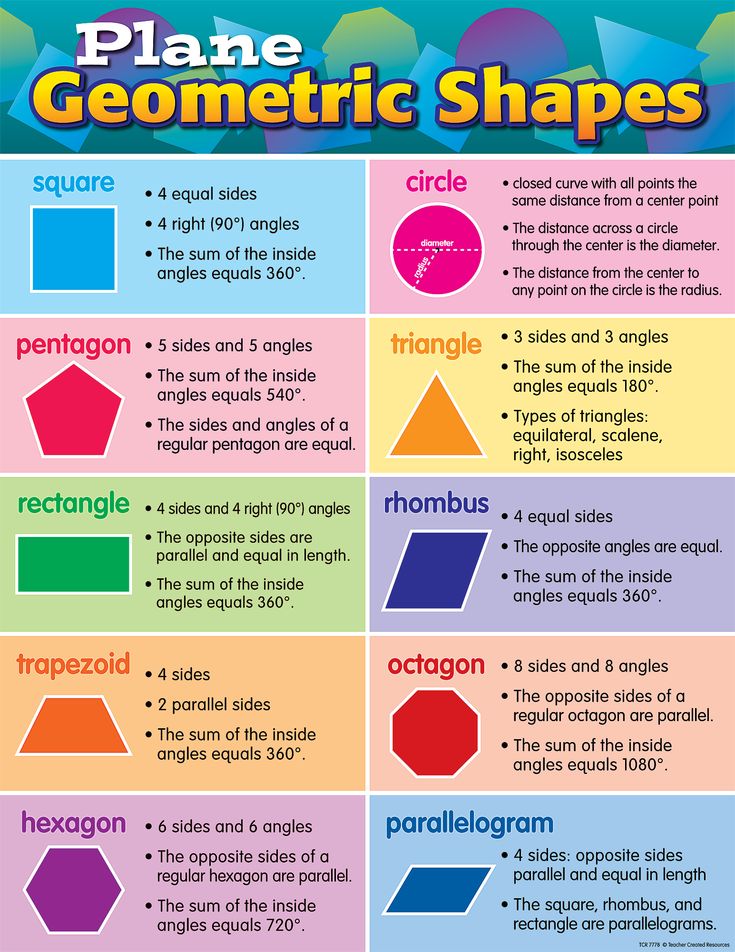 nine0018
nine0018
- Drawing (including stencils).
- Modeling.
- Laying out figures from counting sticks.
- Geometric mosaic.
- Laces with geometric shapes.
- Card games.
- Guess by touch.
- Active games. Draw geometric shapes on the pavement with chalk. Ask the child to imagine that the figures are houses that you need to run into on a signal. Next, you name a geometric figure, and the child runs to it. nine0018
In addition, educational cartoons can be used to study geometric shapes. Here is one of them:
Conclusions
Learning the basics of geometry at preschool age is an important part of developing a child's mathematical and sensory representations. Acquaintance with the figures should occur gradually (first, simple figures - a circle, a square, a triangle). To keep your child interested, study geometric shapes in a playful way. Your assistants in this can be such educational aids as insert frames, mosaics, lotto, sorters, sets of geometric shapes and bodies, stencils. You can also study geometric shapes on the street: just talk to your child about what you see around and what shapes these objects look like. Then the kid will definitely learn to distinguish geometric shapes and remember their names. nine0003
To keep your child interested, study geometric shapes in a playful way. Your assistants in this can be such educational aids as insert frames, mosaics, lotto, sorters, sets of geometric shapes and bodies, stencils. You can also study geometric shapes on the street: just talk to your child about what you see around and what shapes these objects look like. Then the kid will definitely learn to distinguish geometric shapes and remember their names. nine0003
Conclusion
Montessori environment has been specially created for the comprehensive and harmonious development of each child in the children's center "Constellation". In the process of free work in it, children not only get acquainted with the basics of geometry, but also develop their cognitive processes, fine motor skills, learn to write, read, and count. In addition, the Montessori environment gives the child the opportunity to fully demonstrate independence and responsibility. We will be glad to see you and your baby at our center! nine0003
Prepared by a Montessori teacher
Malysheva Evgenia
Learning geometric shapes for children: methods, recommendations
Contents
- When does a baby meet geometric shapes?
- Why should a child learn geometric shapes?
- 5 rules for learning shapes
- How to make geometric shapes interesting for children?
- Montessori learning of figures
- General advice for parents
Caring for the harmonious development of the child is the main responsibility of attentive parents. However, not all adults correctly approach the fulfillment of this mission. Some parents are engaged in the education of their children almost immediately after being discharged from the maternity hospital, others rely on eminent teachers and kindergarten teachers, and still others turn their treasure into a guinea pig, on which all the methods gleaned from manuals, audio materials or specialized Youtube channels are tested. nine0003
However, not all adults correctly approach the fulfillment of this mission. Some parents are engaged in the education of their children almost immediately after being discharged from the maternity hospital, others rely on eminent teachers and kindergarten teachers, and still others turn their treasure into a guinea pig, on which all the methods gleaned from manuals, audio materials or specialized Youtube channels are tested. nine0003
There is only one rule: you need to introduce your child to geometric shapes in an interesting, easy and unobtrusive way. No need to demand perseverance and attentiveness from the baby. It is better to include the acquisition of new knowledge in daily activities.
When does a baby meet geometric shapes?
There is nothing wrong with the fact that from the first months of life a child will hear from his parents phrases like “and now we will take a round ball”, “let's play with a triangular toy”, “what interesting things can be hidden in a square box?”.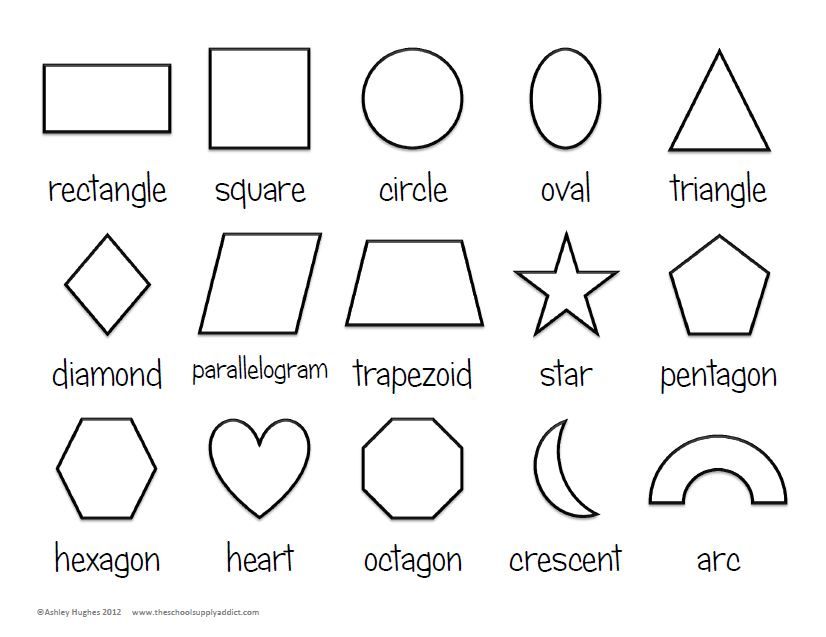 The main thing is not to impose classes on the baby and not to rush him. nine0003
The main thing is not to impose classes on the baby and not to rush him. nine0003
With the right and careful approach, by the age of two, children will be able to distinguish a triangle and a circle from a square. At the age of 3, children get to know geometric shapes even closer. They additionally study the rectangle, rhombus and oval. Preschoolers should get acquainted with the trapezoid, ellipse and other complex geometric shapes.
In the learning process, it is recommended to combine traditional channels of information (books and educational magazines) with non-traditional ones (training video lessons and cartoons). nine0003
Why should a child learn geometric shapes?
The benefits of early development are hard to dispute. Active learning contributes to the formation of a harmonious and creative personality. If from an early age a child gets used to constantly learning new things, then there will be no difficulties with assimilation of information.
Why introduce a child to geometric shapes?
- Each object has a property and a form.
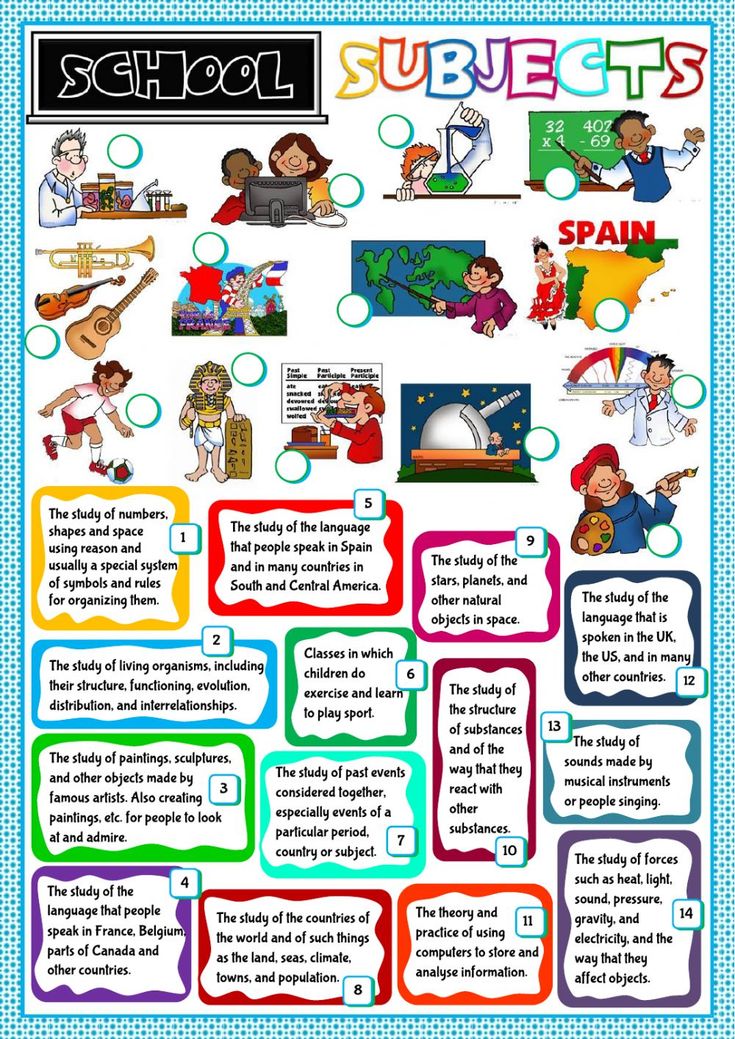 For example, we view the landscape on the street through a rectangular window, eat from a round plate, look into an oval mirror, and so on. nine0018
For example, we view the landscape on the street through a rectangular window, eat from a round plate, look into an oval mirror, and so on. nine0018 - If the child masters the basic knowledge, then studying in elementary school will be an easy and exciting adventure for him.
- The study of geometric shapes will allow the baby to play games that are not available to little fidgets who do not know what it is. For example, to dance "Wider circle".
- Learning the shapes of objects helps the child expand their horizons and vocabulary.
- Mastering new knowledge is training for the brain.
However, there will be no benefit in the study of geometric shapes if the whole process is reduced to coercion, boring memorization and constant control by parents. You don’t need to spend a lot of time on one task, as kids tend to be active and restless. nine0003
5 rules for learning figures
Remember that all the information that seems elementary to us is new to children.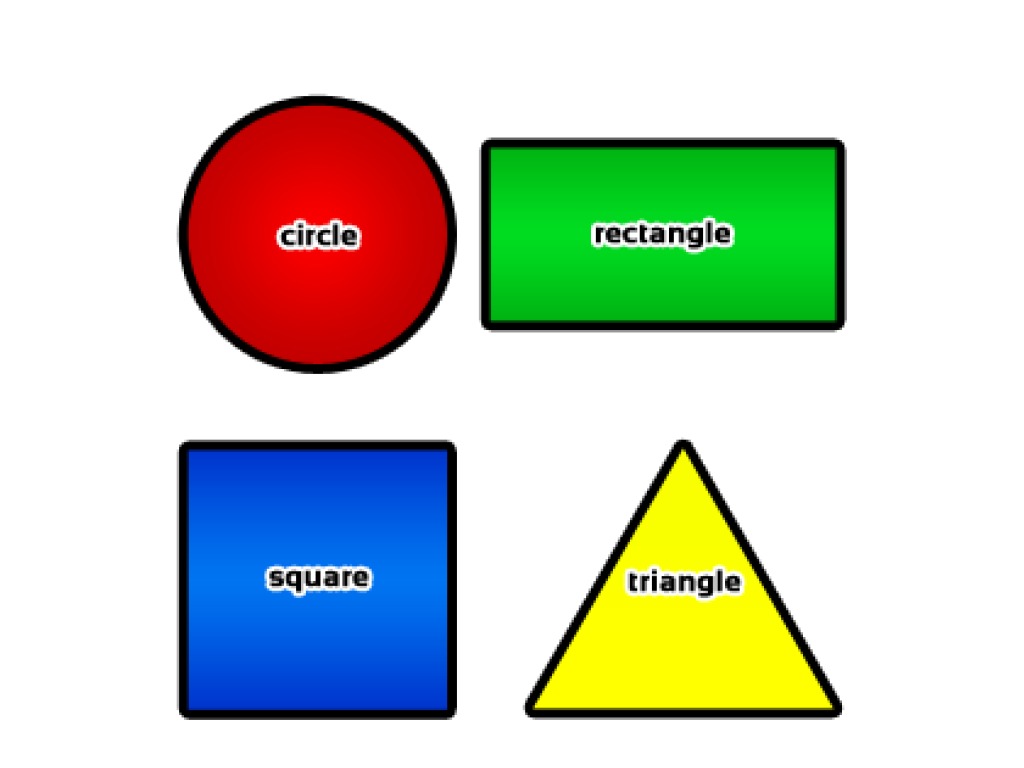 Not every child manages to remember everything at once, without confusion in definitions. Another mistake of the baby is not a reason for anger and increased demands of adults.
Not every child manages to remember everything at once, without confusion in definitions. Another mistake of the baby is not a reason for anger and increased demands of adults.
Rules for the study of figures:
- Include the process of learning new things in everyday life. Give your child a book and tell them it's rectangular. At dinner, remind your baby that he eats from a round plate. nine0018
- Use toys of the correct geometric shape: cubes, balls, designer parts.
- Get feedback. Regularly ask what shape the roof of the house, the window, the wheel of the car resembles. Watch educational videos together and ask your child to retell what they heard and saw.
- Buy rectangular pastry molds and try to bake delicious cookies with your child.
- Play games where knowing the correct geometric shapes is especially useful. Ask your toddler to give you hints as you train your brain with Visual Geometry. A preschooler will be especially interested in the game "Complex Geometric Switching".
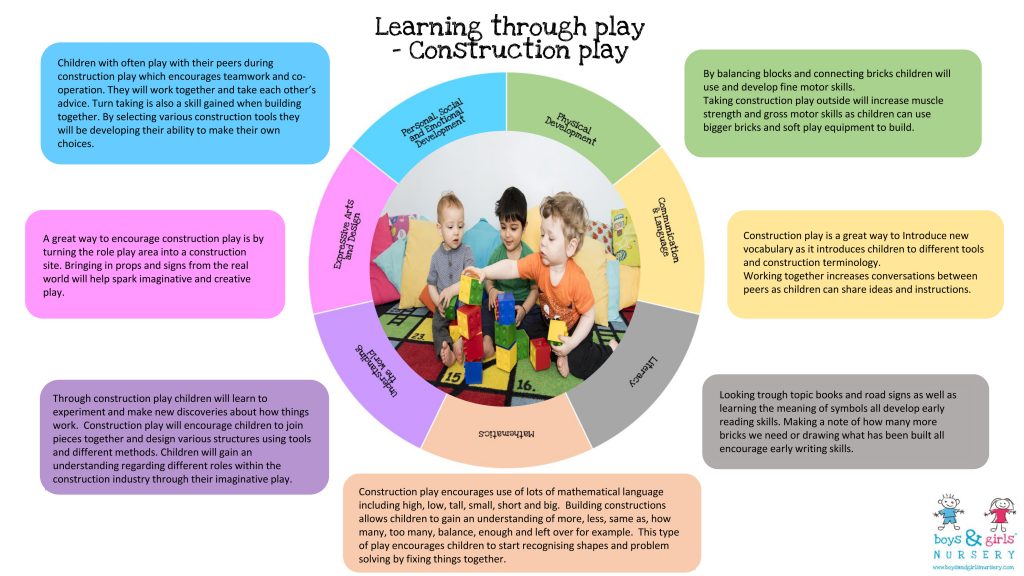 nine0018
nine0018
Assimilation of figures should be an exciting process that is not associated with tantrums and screams. It is important for parents to combine perseverance with a creative approach so that classes with a child do not turn into a boring duty.
How to make geometric shapes interesting for children?
There are many ways to introduce toddlers to objects and shapes. Let's consider the most interesting options:
- Sorter is an exciting educational toy that allows a child to learn about the properties of shapes. The peanut selects an object of the desired shape for the hole. The sorter helps the kid learn shapes, develop fine motor skills and develop logical thinking. nine0018
- A soft mosaic that even a child up to 3 years old will love. It is impossible to swallow or break its details, but it is very desirable to use them to study the figures.
- Three-dimensional stickers depicting geometric shapes, which are found everywhere for a child, will make the process of acquiring new knowledge almost imperceptible.
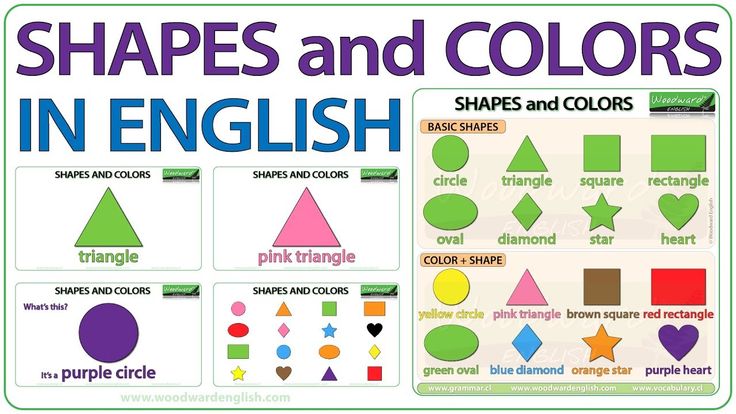 At the same time, the result of "hidden learning" will be fixed for a long time.
At the same time, the result of "hidden learning" will be fixed for a long time. - Doman cards. The use of visual materials will allow parents to quickly explain new information, and it will be easier for children to remember it. nine0018
- Specialized cartoons are the perfect home teaching tool. On the one hand, parents will be able to leave the child unattended for a while. On the other hand, the baby will gather only useful information.
- Games according to the method of Maria Montessori.
The combination of the above options, taking into account the needs and interests of the baby, will definitely bring a positive result.
Montessori study of figures
A child's acquaintance with shapes consists of two components: the attitude of parents and the correct selection of materials. Maria Montessori invites kids to learn geometry in a playful way:
- From an opaque bag or bag, the child picks up an object hidden by an adult and tries to determine its shape without looking.

- A preschooler can come up with a word-definition. For example, ask your child to name forms that can be rolled.
- Names shapes with and without corners.
- Ask the child to present their associations. Let the baby say or draw what a triangle, circle, oval and other geometric shapes look like.
In addition, parents can cut or buy stencils that the baby will trace. On the one hand, he will be able to confidently hold a pen or pencil in his hand. On the other hand, it will quickly remember the names and outlines of geometric shapes.
Do not forget the importance of drawings. When creating pictures together, do not forget to pronounce the shapes of objects. For example, "we will draw a square box containing round apples."
General recommendations for parents
Geometry for a baby is an ambiguous subject, as there are many shapes, and even more ways to study them. So that the little student does not have "porridge in his head", parents should choose no more than 5 teaching methods, which will alternate from time to time.